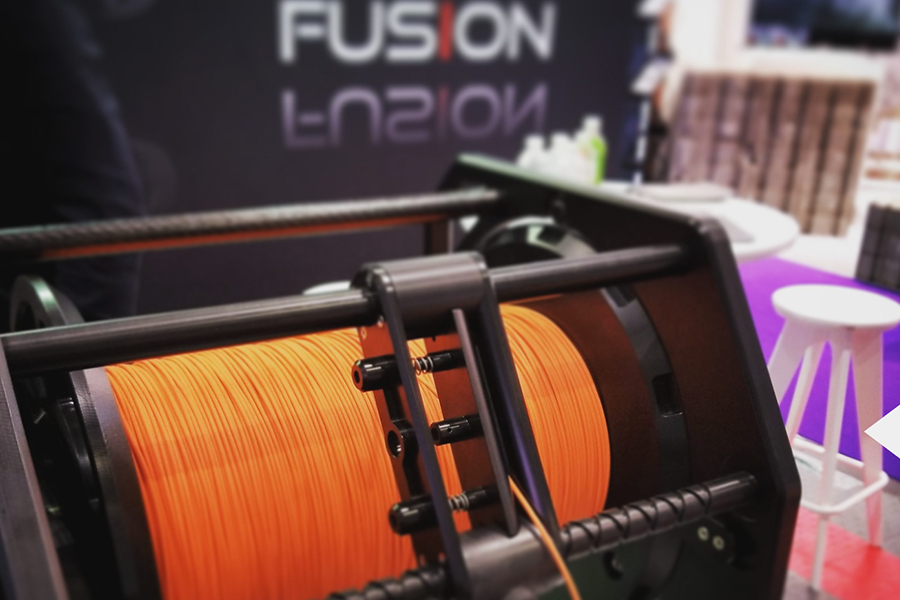Fiber optic cables have become integral to modern healthcare systems, revolutionizing the way medical data is transmitted and enhancing patient care in numerous ways. In this comprehensive blog post, we’ll delve into the significance of linden fiber optic cables in healthcare, exploring their role in improving data transmission, enhancing medical imaging, enabling telemedicine, and ensuring patient confidentiality and security.
Introduction to Fiber Optic Cables in Healthcare
Fiber optic cables are thin, flexible strands of glass or plastic that transmit data using light pulses. Unlike traditional copper cables, fiber optic cables can carry large amounts of data over long distances with minimal signal loss. In healthcare, this technology has transformed the way medical facilities operate, leading to significant advancements in patient care, diagnostics, and treatment.
1. Enhancing Medical Data Transmission
One of the primary benefits of linden fiber optic cables in healthcare is their ability to transmit medical data quickly and reliably. With the increasing digitization of patient records, diagnostic images, and test results, healthcare providers require high-speed, secure data transmission systems. Fiber optic cables meet these demands by offering high bandwidth and low latency, ensuring that critical medical information reaches its destination without delay.
2. Advancements in Medical Imaging
Linden fiber optic cables play a crucial role in medical imaging technologies such as MRI (Magnetic Resonance Imaging), CT (Computed Tomography), and ultrasound. These imaging modalities generate large amounts of data that need to be transmitted and processed in real time. Fiber optic networks within hospitals and medical centers enable seamless communication between imaging devices, computers, and viewing stations, allowing radiologists and clinicians to analyze images promptly and make accurate diagnoses.
3. Enabling Telemedicine and Remote Patient Monitoring
Telemedicine, which involves delivering healthcare services remotely, has experienced significant growth, particularly in light of global events such as the COVID-19 pandemic. Fiber optic cables support telemedicine initiatives by facilitating high-definition video conferencing, real-time data streaming, and remote patient monitoring. Healthcare professionals can conduct virtual consultations, monitor patients’ vital signs, and review medical records securely over fiber optic networks, improving access to care for patients in remote areas or those unable to visit healthcare facilities in person.
4. Ensuring Patient Confidentiality and Security
Patient confidentiality and data security are paramount in healthcare. Fiber optic cables offer enhanced security features compared to traditional copper cables, making them ideal for transmitting sensitive medical information. Fiber optic networks utilize encryption protocols, firewalls, and intrusion detection systems to safeguard patient data against unauthorized access or cyber threats. Additionally, fiber optic cables are immune to electromagnetic interference (EMI) and radio frequency interference (RFI), reducing the risk of data breaches or signal interception.
5. Future Trends and Innovations
Looking ahead, advancements in fiber optic technology are poised to further transform healthcare delivery. Innovations such as fiber optic sensors for real-time patient monitoring, ultra-fast data transfer rates for telemedicine applications, and integrated networks for medical device connectivity are on the horizon. Additionally, ongoing research in fiber optic materials and manufacturing techniques aims to make these technologies more affordable and accessible to healthcare providers globally. Click here to see the types of Linden fiber optic cables.
In conclusion, Linden fiber optic cables have revolutionized healthcare by enhancing medical data transmission, enabling advanced imaging technologies, supporting telemedicine initiatives, and ensuring the security and confidentiality of patient information. As healthcare systems continue to evolve, fiber optic technology will remain a cornerstone of modern healthcare infrastructure, driving innovation and improving patient outcomes across the globe.

